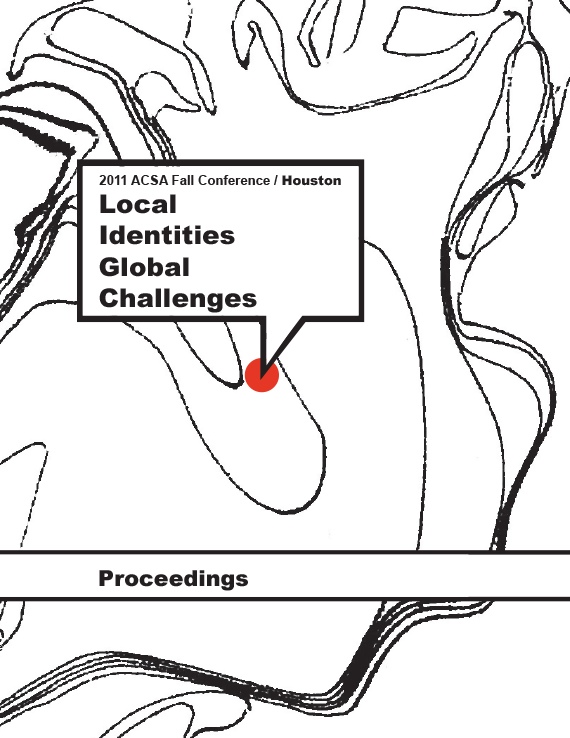Author(s): Kathrin Golda-Pongratz
“Urban planning has largely failed to create a betterhuman environment and has mostly had negativerepercussions for lower income groups. Thepeople themselves have become the modern buildersof Latin American cities… Contemporary LatinAmerican cities, like their predecessors, have beenconstructed by many builders, mostly anonymous,forced to find their own solutions in the face ofgovernment neglect and sometimes repression.”Jorge E. Hardoy1“When people have no control over, no responsibilityfor key decisions in the housing process, dwellingenvironments may instead become a barrier topersonal fulfillment and a burden on the economy.”John F. C. Turner2The sensation of contemporary Lima is the one of anever-ending city along the coastline, a band of lowscalesettlements that densify into nodes, stretchout even into the dry hills and dunes along the Pacificbefore fading out into the desert. If one followsthe predictions of local planners and one carefullyobserves the ongoing metropolitan expansionalong the milestones of the Pan-American Highwaytowards the North and the South, it makes senseto expect that Lima Metropolitana will constitute acontinuous urban agglomeration of nearly 400 kilometersof length within the next decades. The metropolitanzone might then reach from the Northerncity of Barranca down to the Southern city of Ica,going far beyond what so far are denominated ConoNorte and Cono Sur, the funnel-shaped extensionsof the Peruvian capital along the Pacific coast.
Volume Editors
Ikhlas Sabouni & Jorge Vanegas

 Study Architecture
Study Architecture  ProPEL
ProPEL 
